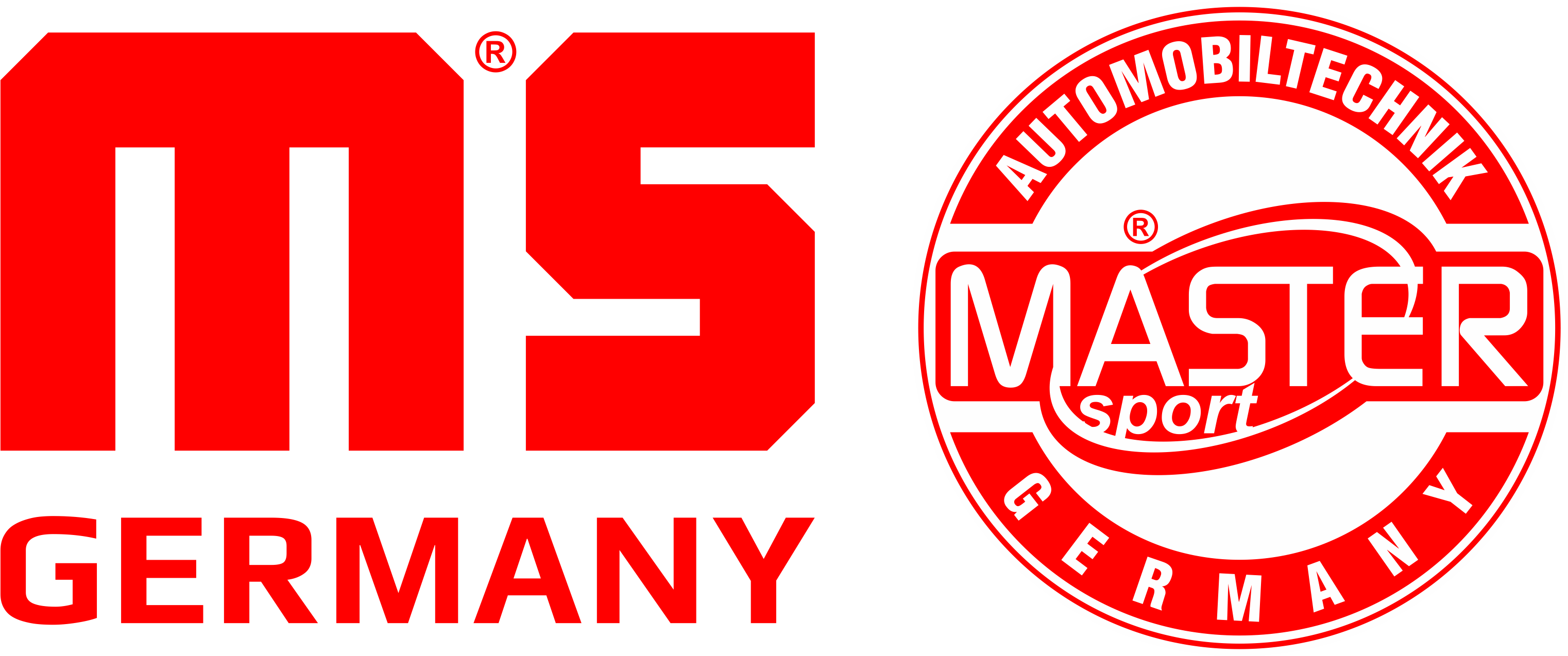Introduction: Driveshaft joints are a key component of every vehicle’s drivetrain. Their primary function is to transfer torque from the engine to the wheels, enabling smooth and efficient movement of the car. In this blog post, we will explain what driveshaft joints are, their functions, and why their technical condition is so important for driving safety and comfort.
1. What Are Driveshaft Joints? Driveshaft joints are components that connect the half-shafts to the vehicle’s wheels, allowing them to move in different directions. Thanks to driveshaft joints, it is possible to turn the wheels and absorb road irregularities without losing torque. There are several types of joints, with the most common being constant velocity (CV) joints.
2. Types of Driveshaft Joints:
- Constant Velocity (CV) Joints: These are most commonly used in modern vehicles because they allow for a constant rotational speed at different axle angles. This ensures smooth driving and minimizes tire wear.
- Universal Joints: Mainly used in older vehicles, these have a simpler design but do not offer the same efficiency and comfort as CV joints.
3. Functions of Driveshaft Joints: Driveshaft joints perform several key functions:
- Transferring torque: They enable the transmission of power from the engine to the wheels.
- Providing drivetrain flexibility: They allow the wheels to turn and move over uneven surfaces.
- Reducing vibrations and noise: They help absorb vibrations, increasing driving comfort.
4. Why Regular Inspection of Driveshaft Joints Is Important: Regular inspection and maintenance of driveshaft joints are crucial for road safety. Neglected driveshaft joints can lead to:
- Loss of vehicle control: Damaged joints can cause a sudden loss of power transmission to the wheels, which can be dangerous while driving.
- Increased fuel consumption: Faulty joints increase rolling resistance, leading to higher fuel consumption.
- Higher repair costs: Early detection of joint problems can prevent costly repairs of the entire drivetrain.
5. How to Recognize Worn Driveshaft Joints: There are several symptoms that may indicate worn driveshaft joints:
- Knocking while turning: Loud knocking when turning is one of the first signs of worn CV joints.
- Vibrations during acceleration: If you feel vibrations while accelerating, it may indicate problems with the driveshaft joints.
- Damaged joint boots: Regularly check the condition of joint boots. Damaged boots can allow dirt and water to enter, accelerating joint wear.
6. How to Maintain Driveshaft Joints: To ensure the longevity of driveshaft joints, follow these guidelines:
- Regular lubrication: Use high-quality greases that provide proper lubrication and protection against wear.
- Boot inspection: Regularly check the condition of the joint boots and replace them if necessary.
- Professional inspection: At least once a year, have a professional mechanic conduct a thorough inspection of the driveshaft joints.
Conclusion: Driveshaft joints are a crucial element of any vehicle, affecting its performance, comfort, and safety. Regular inspection and maintenance of driveshaft joints are essential to avoid serious technical issues and ensure long-term, trouble-free vehicle operation. Remember to lubricate regularly, inspect the boots, and conduct professional inspections to enjoy safe and comfortable driving.


